Morning Eye Candy: Arid
Posted in Photography on February 5 2011, by Plant Talk
In the desert, inside the Enid A. Haupt Conservatory.
(photo by Ivo M. Vermeulen)
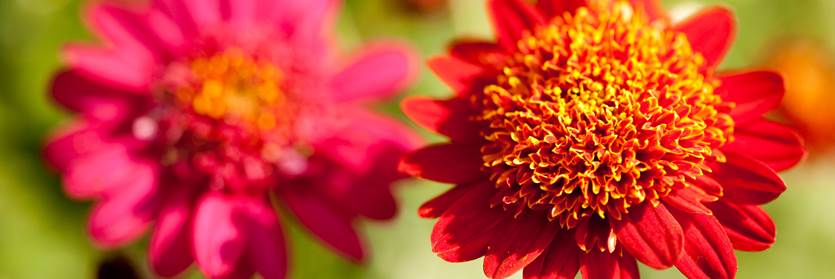
Inside The New York Botanical Garden
Posted in Photography on February 5 2011, by Plant Talk
In the desert, inside the Enid A. Haupt Conservatory.
(photo by Ivo M. Vermeulen)
Posted in Learning Experiences, Programs and Events on February 4 2011, by Plant Talk
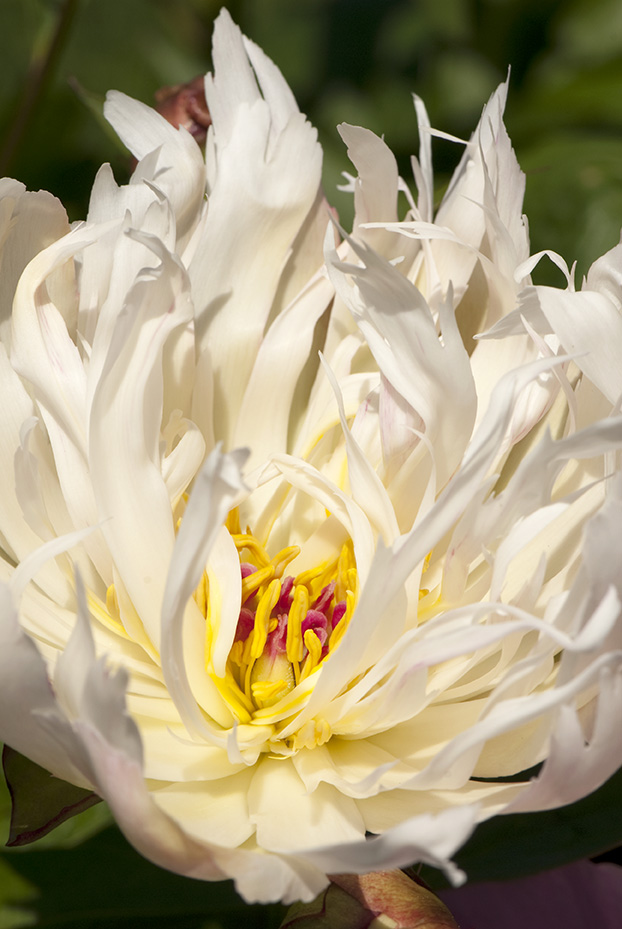 It may seem hard to believe, but signs of spring are all around us here at the Garden. The Chinese witch-hazel has unfurled its sunny, yellow streamers, the Magnolia kobus near the Visitor Center is covered in buds, and there’s still a faint glow in the sky when we all head to Botanical Garden station to catch the 6:04 p.m. train back into the city. But, this is not to say that we all couldn’t use another assurance that spring is on its way. And isn’t the promise of being taught how to arrange the most gorgeous, fragrant spring flowers–lilies of the valley, muscari, lilacs–by two of Brooklyn’s most sought-after florists the very thing to raise your spirits?
It may seem hard to believe, but signs of spring are all around us here at the Garden. The Chinese witch-hazel has unfurled its sunny, yellow streamers, the Magnolia kobus near the Visitor Center is covered in buds, and there’s still a faint glow in the sky when we all head to Botanical Garden station to catch the 6:04 p.m. train back into the city. But, this is not to say that we all couldn’t use another assurance that spring is on its way. And isn’t the promise of being taught how to arrange the most gorgeous, fragrant spring flowers–lilies of the valley, muscari, lilacs–by two of Brooklyn’s most sought-after florists the very thing to raise your spirits?
The Adult Education department at The New York Botanical Garden is very pleased to announce three new floral arranging classes to be taught by Sarah Ryhanen of Saipua and Nicolette Owen of Nicolette Camille, known collectively as The Little Flower School.

The first class, Fragrant Flowers, will be held on Wednesday, May 16 from 6-9 p.m in Manhattan at our Midtown Center. The class will focus on the art of layering flowers, not just to form a pleasing arrangement, but also to create an amazing aroma.
On Saturday, June 4, from 10 a.m.-3:30 p.m. join Sarah and Nicolette at the Garden for From Garden to Vase. The class will begin with a curator-led tour of the Garden, and then after a break for lunch students will head inside to make wild, lush arrangements inspired by the Garden and featuring some very special cuttings from the grounds!
From Garden to Vase will be repeated on Sunday, September 11 from 10 a.m. – 3:30 p.m. to take advantage of fall’s beautiful flowers, fruit, and foliage.
We are so excited to have Sarah and Nicolette joining us for these amazing classes at the Garden! Space is limited, so be sure to register for one, two, or all three soon.
Posted in Photography on February 4 2011, by Plant Talk
More scenes from the ice storm.
All photos by Ivo M. Vermeulen
Posted in Wildlife on February 3 2011, by Plant Talk
Best wishes for the Year of the Rabbit. May all the rabbits in your garden always be on the correct side of the fence!
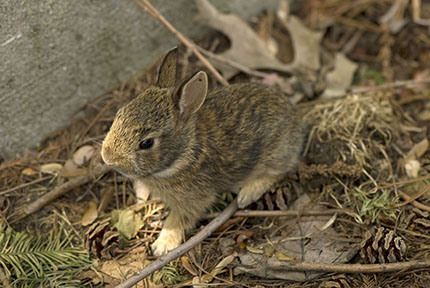
Year of the Rabbit (photo by Ivo M. Vermeulen)
Posted in Photography on February 3 2011, by Plant Talk
Ice storms are good for no one. Not for people. Not for birds. Not for cars. And certainly not for plants. But boy, they sure can be pretty.
Ice-Coated Bamboo (photo by Ivo M. Vermeulen)
Posted in Photography, Wildlife on February 2 2011, by Plant Talk
It’s been a hard winter, and even though Punxsutawney Phil didn’t see his shadow today, we’re with our feathered friends. After this latest winter storm, we’re not quite sure spring is on the way, either. (Even though, let’s be honest, we know it’ll be here before we know it!)
One Obviously Exasperated Robin (photo by Ivo M. Vermeulen)
Even the Turkeys Had to be Careful About Where They Walked
(photo by Ivo M. Vermeulen)
Posted in Around the Garden on February 2 2011, by Plant Talk
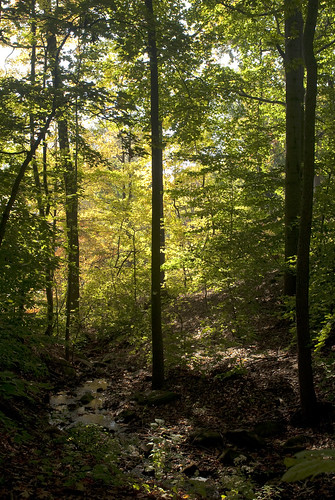 The 50-acre, old growth Native Forest is the heart of the Garden. It is one of the reasons Nathaniel Lord Britton settled on this 250-acre plot in the Bronx as the place to build his dream Botanical Garden, it is home to at least one tree that was alive at the time of the signing of the Declaration of Independence, it is home to some of the Garden’s most fascinating residents, it is a place where scientists can study everything from global warming to genetics, and it is a very fine place to go for a stroll. The Forest is a vital part of not just the New York Botanical Garden, but also of New York City, and the world.
The 50-acre, old growth Native Forest is the heart of the Garden. It is one of the reasons Nathaniel Lord Britton settled on this 250-acre plot in the Bronx as the place to build his dream Botanical Garden, it is home to at least one tree that was alive at the time of the signing of the Declaration of Independence, it is home to some of the Garden’s most fascinating residents, it is a place where scientists can study everything from global warming to genetics, and it is a very fine place to go for a stroll. The Forest is a vital part of not just the New York Botanical Garden, but also of New York City, and the world.
For these reasons, and for so many more, we are delighted that the United Nations has declared 2011 “The International Year of Forests.” The UN says that the year is a “celebration of the vital role that forests play in people’s lives … amid growing recognition of the role that forests managed in a sustainable manner play in everything from mitigating climate change to providing wood, medicines and livelihoods for people around the world.”
We’ll be joining in on recognizing the International Year of Forests with a series of events throughout 2011 (but we’re not ready to announce them just yet). In the meantime, here are some other forest facts from the United Nations:
Posted in Photography on February 1 2011, by Plant Talk
It’s been a few weeks since we announced a Photo Contest as part of Caribbean Garden, a reinterpretation of the permanent collection inside the historic Enid A. Haupt Conservatory. We’ve hit a few bumps along the way logistically, but that hasn’t effected the quality of the photos that you have entered! There are several weeks left in the contest, and another winter storm has barreled into the city to welcome February, so come enjoy the warmth of the Conservatory and snap a few pictures while you’re here!
To get you excited about participating, here are a few of the winners from the previous weeks’ contests.
Head below the jump to see the winners from the past two weeks of the contest!
Posted in Bill Buck, From the Field, Science on February 1 2011, by William R. Buck
Ed. note: NYBG scientist and Mary Flagler Cary Curator of Botany, Bill Buck is currently on expedition to the islands off Cape Horn, the southernmost point in South America, to study mosses and lichens. Follow his journeys on Plant Talk.
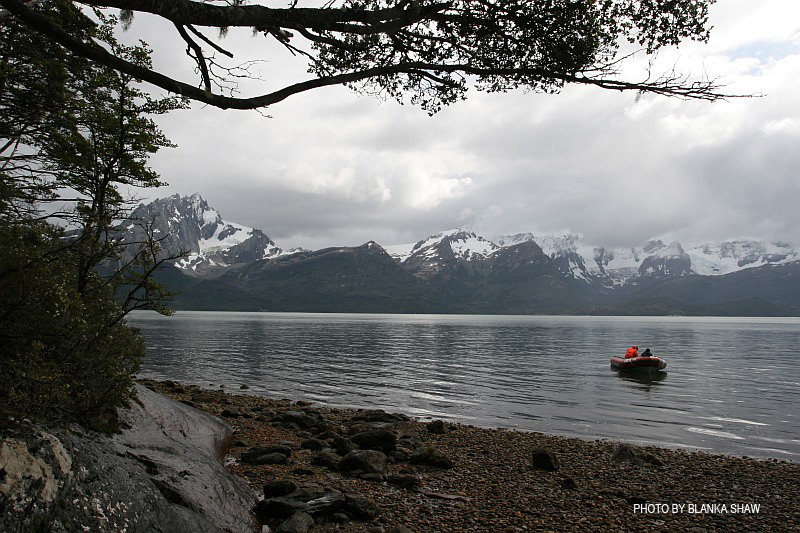 January 26, 2011, Punta Arenas, Chile
January 26, 2011, Punta Arenas, Chile
We awoke on the morning of January 25 in Seno Agostini, having arrived there at about 4 a.m. Initially the journey was rough because of strong winds and large swells. Standing on the deck, but huddled close to the cabin, I was in awe of the weather. Since childhood in Florida, the U.S. capital of lightning, I have loved violent weather. On this day, the wind howled and the boat was tossed and turned by the rough seas; every few seconds waves would crash over the deck. To be on a small ship amidst such weather is amazing. Of course it helps to have a ship that you have faith in and a reliable crew. A few of our group felt a bit queasy, but no real problems came up (pun intended). After about an hour and a half we entered a narrower channel and the seas were calmer. Only then was dinner served.
Coming out on deck the next morning the scenery was spectacular. We had come to this spot because in 1929 a Finnish bryologist, Heiki Roivainen, visited the site and, in an alpine stream, collected a moss that has not been found since. Because this is a moss that is part of Juan’s doctoral work, he was anxious to find it again. The site is called Mt. Buckland, and it rises to over 6,000 feet but is mostly snow-covered above. Supposedly the moss was collected at about 2,000 feet in an alpine stream. All around us rugged peaks rose to the sky, all with either snow or glaciers. At least for a short time the sun shone brightly.
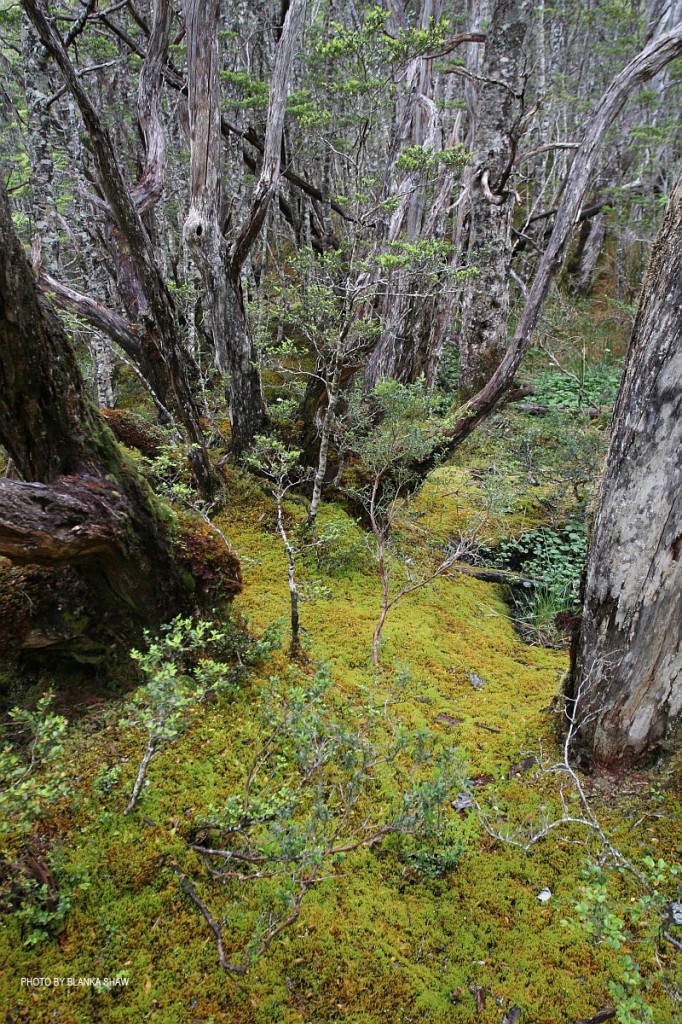 So, optimistically, Jim and Juan headed up the slopes of Mt. Buckland. Blanka and I chose to visit a southern beech forest on the other side of the sound that had a large glacier at its back side. It was about a 20 minute zodiac ride across the sound but as soon as we hit the rocky beach we knew we were in a special place. Numerous small, glacier-fed streams wound their way through the landscape and occasional large rock outcrops promised multiple microhabitats for bryophytes. Once Blanka entered the forest, about 10 yards past the coastal scrub, it took me about an hour to get her to move ahead. The forest floor was carpeted with a thick layer of liverworts that swallowed our boots with every step. Trees were sheathed with bryophytes and lichens, often several times the diameter of the trunks themselves. We worked our way through the forest toward the glacier, marveling at the diversity and sheer biomass of bryophytes in the forest.
So, optimistically, Jim and Juan headed up the slopes of Mt. Buckland. Blanka and I chose to visit a southern beech forest on the other side of the sound that had a large glacier at its back side. It was about a 20 minute zodiac ride across the sound but as soon as we hit the rocky beach we knew we were in a special place. Numerous small, glacier-fed streams wound their way through the landscape and occasional large rock outcrops promised multiple microhabitats for bryophytes. Once Blanka entered the forest, about 10 yards past the coastal scrub, it took me about an hour to get her to move ahead. The forest floor was carpeted with a thick layer of liverworts that swallowed our boots with every step. Trees were sheathed with bryophytes and lichens, often several times the diameter of the trunks themselves. We worked our way through the forest toward the glacier, marveling at the diversity and sheer biomass of bryophytes in the forest.
Posted in Gardening Tips on February 1 2011, by Plant Talk
 Two weeks ago our intellect and imagination was stimulated by the first in our three part Annual Winter Lecture Series. The Thursday morning lecture series (from 10am – 12pm) is entitled ‘Explore Your Greener Side’. The monthly lectures are scheduled for (January 20), February 17 and March 17.
Two weeks ago our intellect and imagination was stimulated by the first in our three part Annual Winter Lecture Series. The Thursday morning lecture series (from 10am – 12pm) is entitled ‘Explore Your Greener Side’. The monthly lectures are scheduled for (January 20), February 17 and March 17.
The sessions begin with a brief opening talk that translates into an amuse-bouche for the main speaker. The opening remarks in January were given by Eric Sanderson, author of Mannahatta. Sanderson blends intellect, charisma and a down-to-earth quality into an infectious mix. He spoke of the social and environmental/ecological choices that we have when planning the future of our city.
Sanderson takes what seems like an impenetrable urban environment and revitalizes it by giving us insight into what it must have looked like before the concrete jungle was erected. He provides city planners, landscape architects and visionaries with the raw materials to embrace and recreate the natural landscape; challenging us to change how we think about the urban environment.
Our featured speaker in January was the renowned urban landscape architect, Michael Van Valkenburgh (pictured, with New York Botanical Garden president Grerory Long). Van Valkenburgh started with the premise that ‘ecology and cultural situations are intimately connected these days’. While it can be tempting to separate ecology from urban development – more forward thinking landscape architects and city planners are integrating the two.